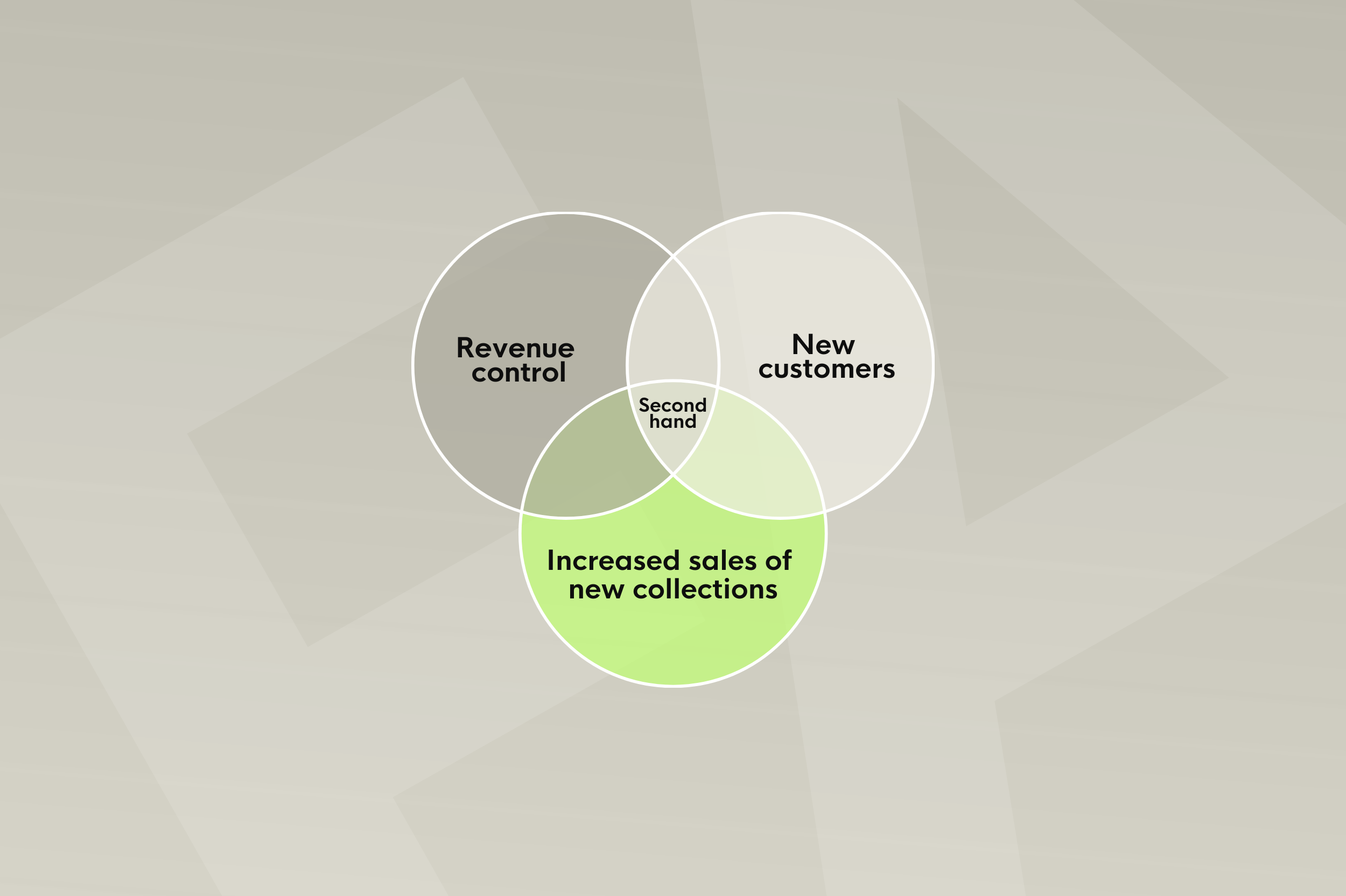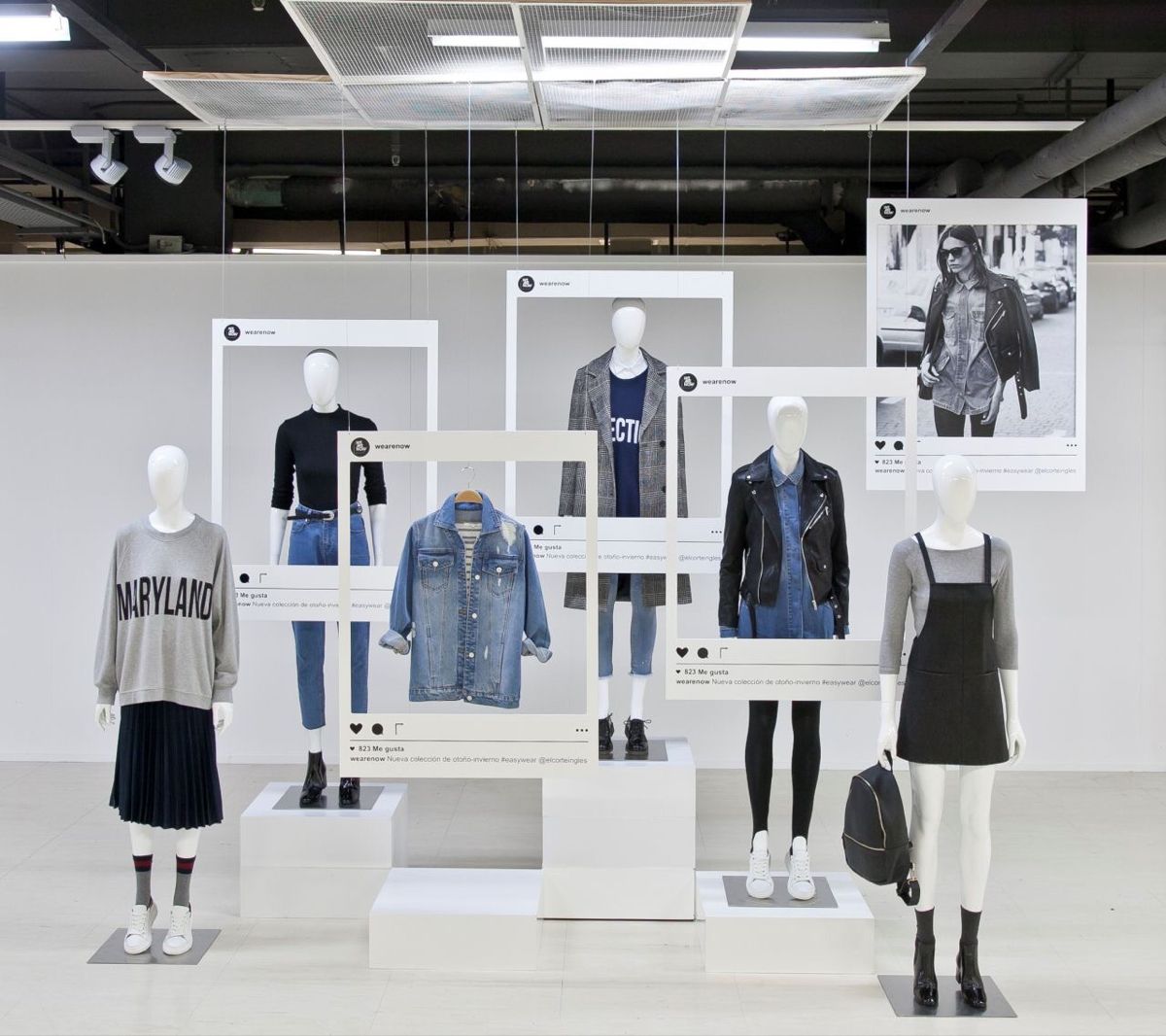Acquisition, margins, retail: what 300 fashion CEOs revealed about a model under pressure

Methodology
This analysis is based on 298 interviews conducted between January and June 2025 with CEOs and executives from fashion brands operating in six European countries (France, Italy, Spain, Germany, Belgium, and the United Kingdom). The conversations were held via phone or video calls, using a semi-structured qualitative approach.
After speaking with nearly 300 fashion brand executives across Europe, one key insight emerged:Beyond differences in market positioning, from luxury to accessible ready-to-wear, the same challenges consistently surfaced. These are not just operational frictions, but signs of a deeper shift. The entire industry is searching for a new balance between profitability, desirability, and commitment.
The rising cost of digital customer acquisition
For 80% of the CEOs interviewed, the sharp increase in customer acquisition costs has become the main point of tension. Advertising channels are saturated, media bidding prices keep rising, and organic reach is steadily declining: traditional levers are losing steam. Every euro invested yields less, less attention, fewer conversions, and weaker loyalty.
And over the past 18 months, another dynamic has intensified the pressure: the massive arrival of ultra-aggressive players like Temu and Shein in the European market. Boosted by U.S. protectionist trade policies, these platforms have redirected their massive marketing budgets toward the EU, driving up competition for ad inventory. The result: CPMs are skyrocketing, conversion rates are dropping, and local brands are caught in a bidding war distorted by algorithmic dumping.
Several executives confirmed it: just to maintain their sales, they’ve had to increase their acquisition budgets by 30 to 50% in under two years. It’s a trajectory that raises real concerns about sustainability. Because when your acquisition strategy costs more than it delivers, it stops being a growth engine and becomes a margin trap.
A concerning decline in customer re-engagement
54% of the CEOs interviewed reported a steady decline in customer re-engagement over the past two years. This trend aligns with broader industry studies: according to the Fashion CX Index 2024 (Emarsys), the average repurchase rate in fashion retail dropped by 23% between 2021 and 2024. The reasons? Fatigue with traditional loyalty mechanisms (newsletters, loyalty points, retargeting) and increasingly volatile shopping behaviors, amplified by widespread promotional pressure.
Brands are seeing their CRM databases swell… while activation rates collapse, with click-through rates on email campaigns down by as much as 35% between 2022 and 2024 (Campaign Monitor, Benchmarks 2024). Several executives pointed to a paradox: “We have more customers than ever in our database, but fewer and fewer are coming back on their own.” In a context where acquisition costs continue to rise, this erosion of existing customer engagement weighs doubly on profitability.
The loss of retail momentum
70% of brands report a noticeable drop in foot traffic and in-store revenue. The pandemic has permanently reshaped shopping habits, and the recovery has not led to a widespread return to physical retail.
Beyond the numbers, it’s the very role of the store that is being redefined. Once a cornerstone of customer relationships, the point of sale is increasingly seen as an expensive showroom. The most forward-thinking retailers view this shift as an opportunity to reinvent the experience, turning stores into service and activation hubs. But for the majority, the equation remains difficult: how can retail regain its strategic value without compromising profitability?
Poor stock management and the markdown trap: a self-reinforcing cycle
65% of executives acknowledge increasing difficulty in managing inventory with agility. The root causes? Sales forecasts that remain too rigid, poorly responsive to weak market signals (weather, trends, economic climate, virality), and product segmentation that often lacks data-driven insight. As a result, unsold items pile up, and brands become trapped in a systematic markdown cycle.
Discounts then become the default adjustment lever. In the short term, they help clear stock. But in the medium term, they do damage. They weaken perceived value, condition customers to wait for discounts, and erode margins. The expectation to delay purchases sets in, why buy now, when everything ends up on sale?
This logic also weakens cash flow. Unsold products tie up capital, clog warehouses, and hinder investment in future collections. Worse: seasonality loses its relevance. Collections meant to rotate every three months remain on racks for six to nine, disrupting sales cycles and draining team momentum.
Margin and resource pressure: a structural squeeze
Over 60% of brands surveyed report a decline in operating margins and growing pressure on their teams. Rising production costs, increased marketing investments, and declining in-store traffic have created an unprecedented squeeze effect.
Faced with these constraints, many have no choice but to freeze budgets, downsize teams, or delay projects. Yet the need to innovate has never been more urgent. Consumers are demanding consistency, proof of commitment, and a more responsible experience. This paradox lies at the heart of today’s strategic priorities: how can brands preserve profitability while meeting evolving expectations?
A growing conviction: the need to do things differently
These findings reveal a clear consensus: the model built on paid acquisition and endless promotional cycles is no longer sustainable. Increasing marketing budgets is no longer enough to offset margin erosion or restore customer loyalty.
For a growing number of brands, the priority is no longer to spend more, but to optimise every euro invested: lowering acquisition costs in an inflationary environment, maximising customer value through high-retention services, protecting margins by securing full-price sales, and repositioning retail as a true performance channel.
It is within this logic that an integrated circular model emerges, not as a fleeting trend, but as a strategic, profitable, and measurable lever
Acquiring new customers without media spend
In a context where preserving cash flow has become a strategic priority, the ability to acquire new customers without investing in marketing is a key competitive advantage.Resale programs enable organic customer acquisition: on average, over 70% of second-hand buyers are new to the brand. Each resale becomes an entry point into the brand’s universe, without requiring any advertising spend.
Re-engaging through a high-value service
On the seller side, integrated resale in exchange for a voucher becomes a powerful lever for customer reactivation. By enabling circular usage—sell, buy back, recommend—brands see a significant increase in customer lifetime value: higher purchase frequency, larger basket size, and longer retention.This model also aligns with shifting consumer behavior: in an uncertain economic climate, people are looking to turn their wardrobes into a resource, generating additional spending power.Brands that embrace this “walletization” mindset build more durable customer relationships, less reliant on traditional transactional levers.
Reactivating retail as a performance driver
With in-store traffic still below pre-pandemic levels, physical take-back programs offer a tangible solution.Offering in-store trade-in services can generate up to 15% additional footfall, while reinforcing the store’s role as an omnichannel activation touchpoint.Rather than relying on promotional campaigns or heavy digital investments, brands can drive physical traffic while preserving operational profitability.
Clearing inventory without compromising margin or brand image
Trade-in mechanisms offering store credit provide an alternative to traditional promotions.The goal isn’t to replace markdowns, which remain structurally important—but to create a complementary value recovery channel that reduces discount pressure. Unlike visible price cuts, store credit is perceived as a customer benefit, with no impact on the product’s perceived value.95% of vouchers are redeemed on new collections, 70% of them on the same day, in-store.T
his system helps activate residual inventory while generating full-price revenue, by re-engaging the customer in an active purchase journey.At the same time, resale data can be leveraged to optimize first-hand purchasing, by adjusting volumes or identifying high-potential products and to better manage working capital requirements.
Driving incremental revenue
In less than a year, second-hand programs can account for 3 to 5% of total revenue.It’s a net, non-cannibalizing contribution that complements new product sales and even drives them through trade-in mechanics.This figure is all the more significant as it’s achieved without media spend or promotional effort.
Quantifying environmental impact
Beyond financial performance, circular programs enable measurement of the avoided environmental impact.Each euro generated through these initiatives represents, on average, a 40% reduction in carbon emissions compared to a first-hand sale.This is now a key metric in conversations with stakeholders, customers, investors, regulators, without requiring heavy operational changes.
In conclusion: a new virtuous cycle
In the face of mounting pressure from rising acquisition costs, immobilized inventory, and shrinking margins, a shift in model is needed: from accumulation to activation.Extending product life cycles. Re-engaging customers without marketing spend. Rethinking the role of retail. Diversifying resale channels while protecting margins.This outlines a more agile, resilient model—one that’s better aligned with the cash flow constraints most brands are navigating today.Second-hand isn’t a silver bullet.
But when thoughtfully implemented, it becomes a balancing lever, between value creation, cost control, and anticipating evolving consumer expectations.
Source: Faume Benchmark 2025
Data consolidated from 50 partner brands that implemented a circular program via the Faume platform between January 2021 and April 2025. Full details available upon request.
Stay ahead of the game!
Sign up to FAUME's The Secondhand Review newsletter
Read inspiring stories from brands that have successfully launched their secondhand businesses with FAUME







